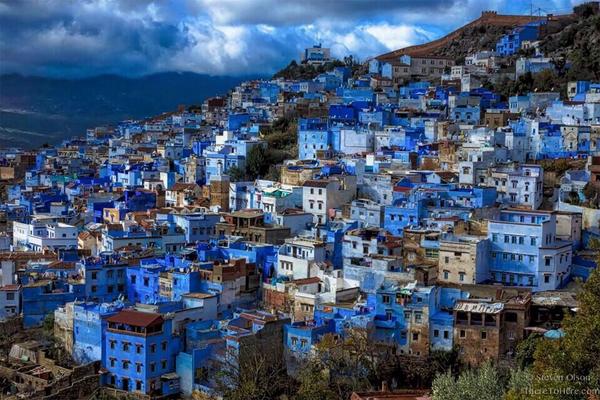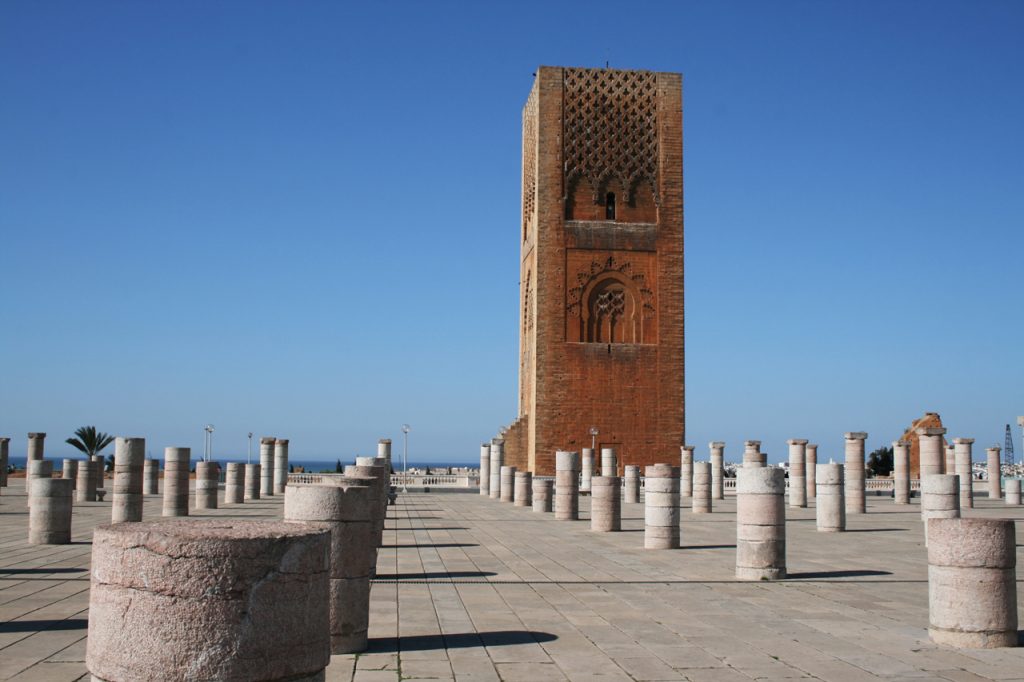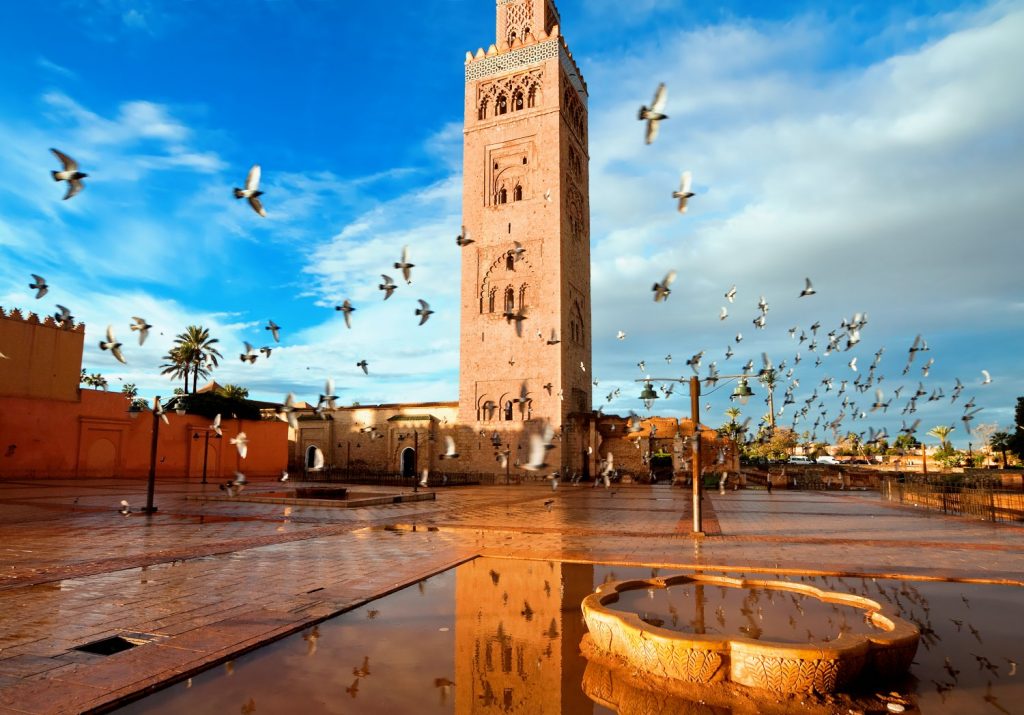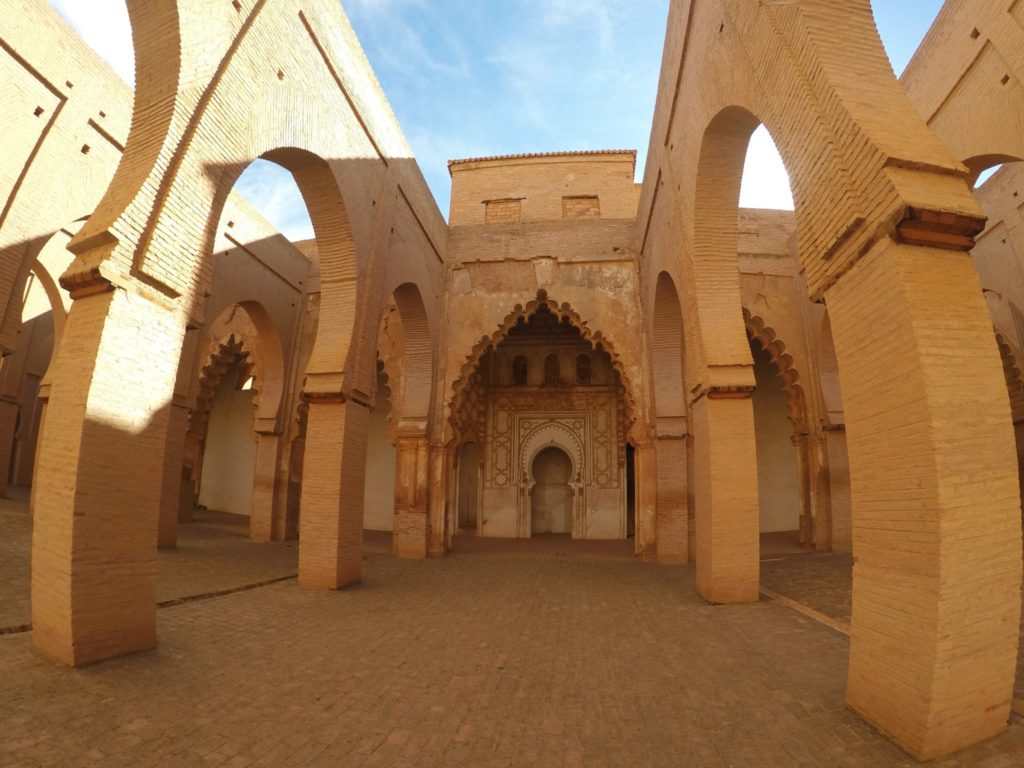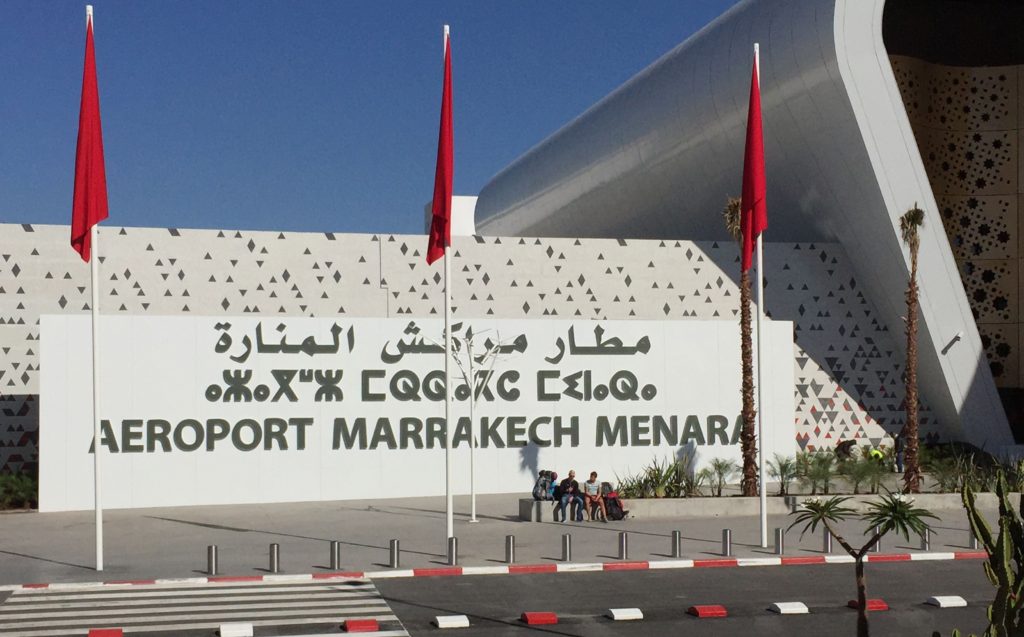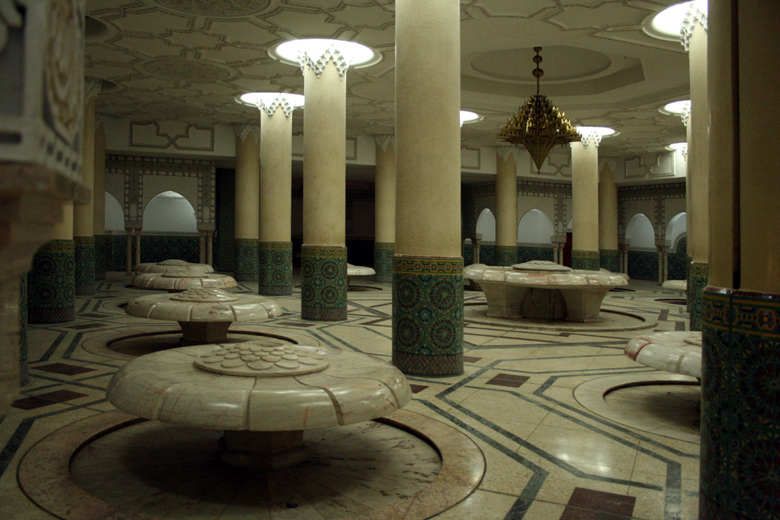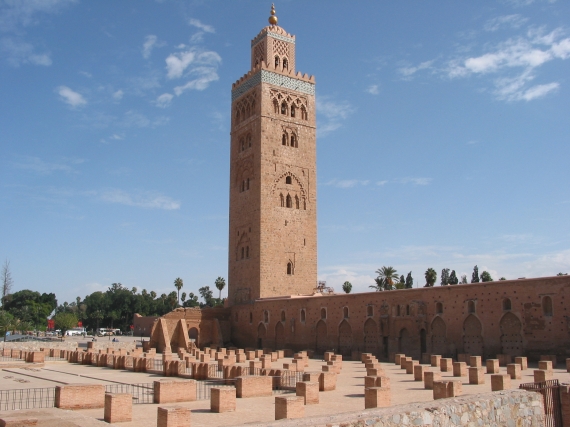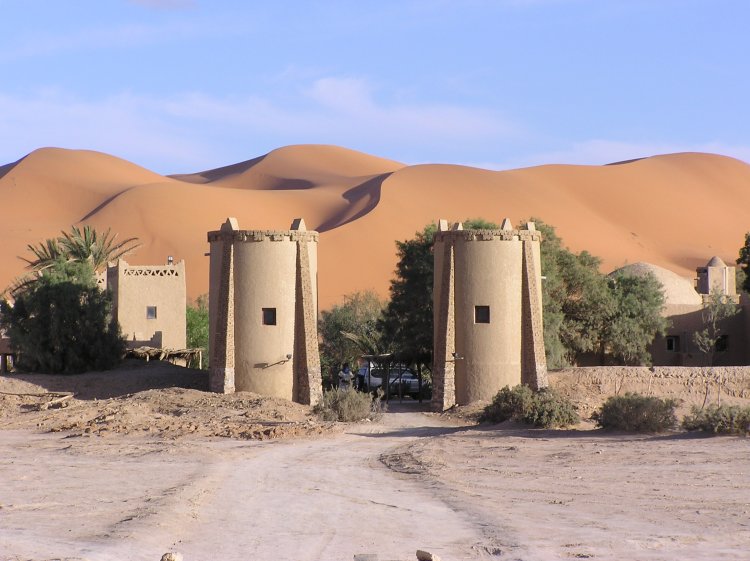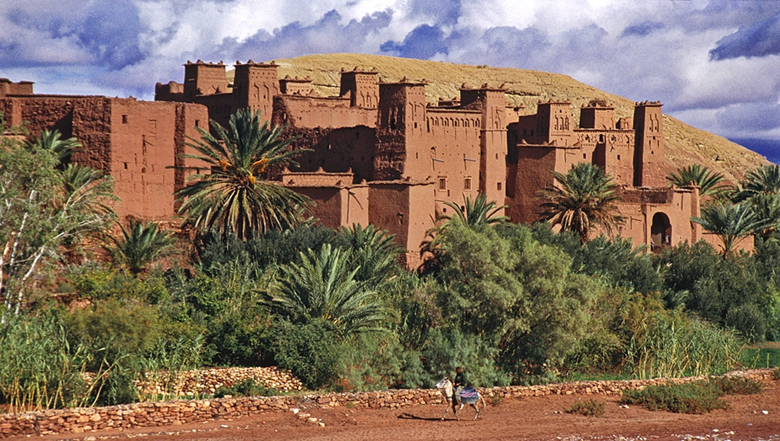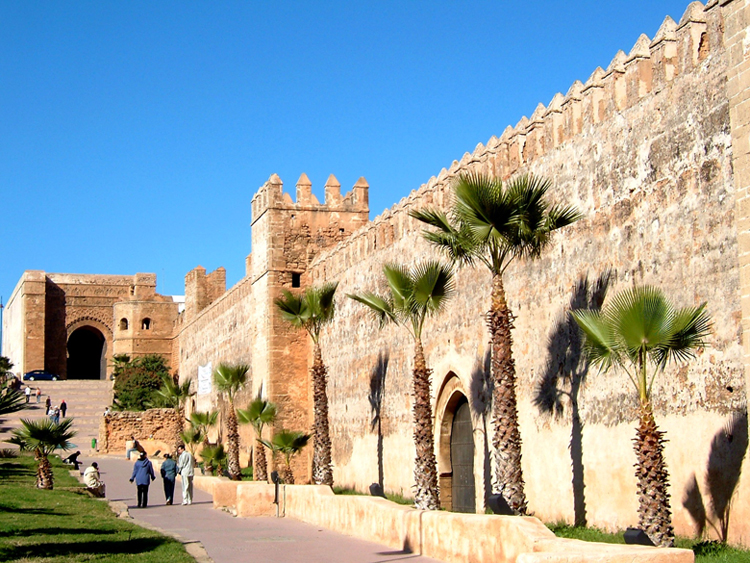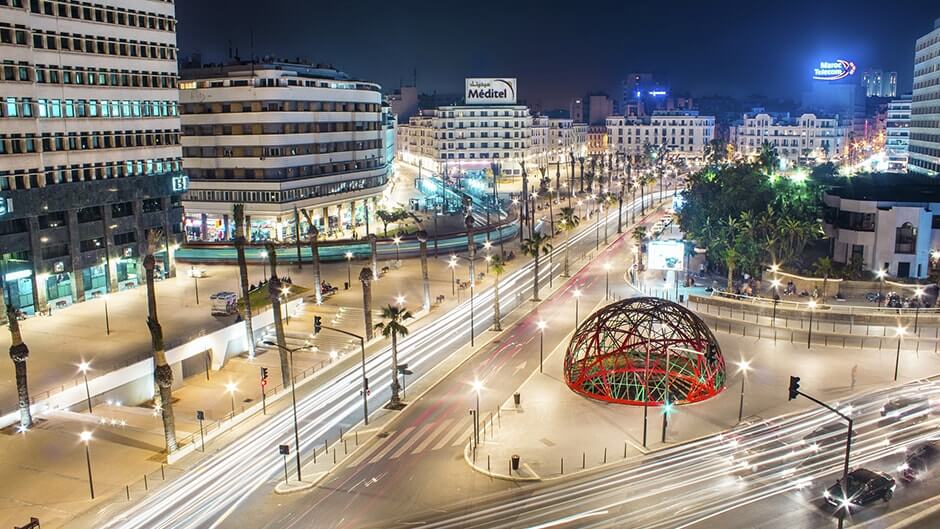Day 1 – Tangier – Tetouan – Chefchaouen

Destination:
Tangier – Tetouan – Chefchaouen
Board an early morning ferry to Tangiers, Morocco, and upon arrival, transfer to Tétouan. Of particular importance in the Islamic period, from the 8th century onward, the city served as the main point of contact between Morocco and Andalusia. After the Reconquista, it was rebuilt by refugees who had been expelled by the Spanish. The Andalusian influence is clearly displayed in the art and architecture. We will spend the afternoon on a walking tour of the old city. The Medina of Tétouan, a UNESCO World Heritage site, is surrounded on three sides by 3 miles of towering walls with seven gates. Although one of the smallest in Morocco, it has been relatively untouched by the outside world over the centuries. Carved into the hillside overlooking the medina, the Jewish Cemetery contains some of the most elaborate tombstones in the region. Continue on to the town of Chefchaouen and overnight for one night in the Riad Dar Echchaouen.

